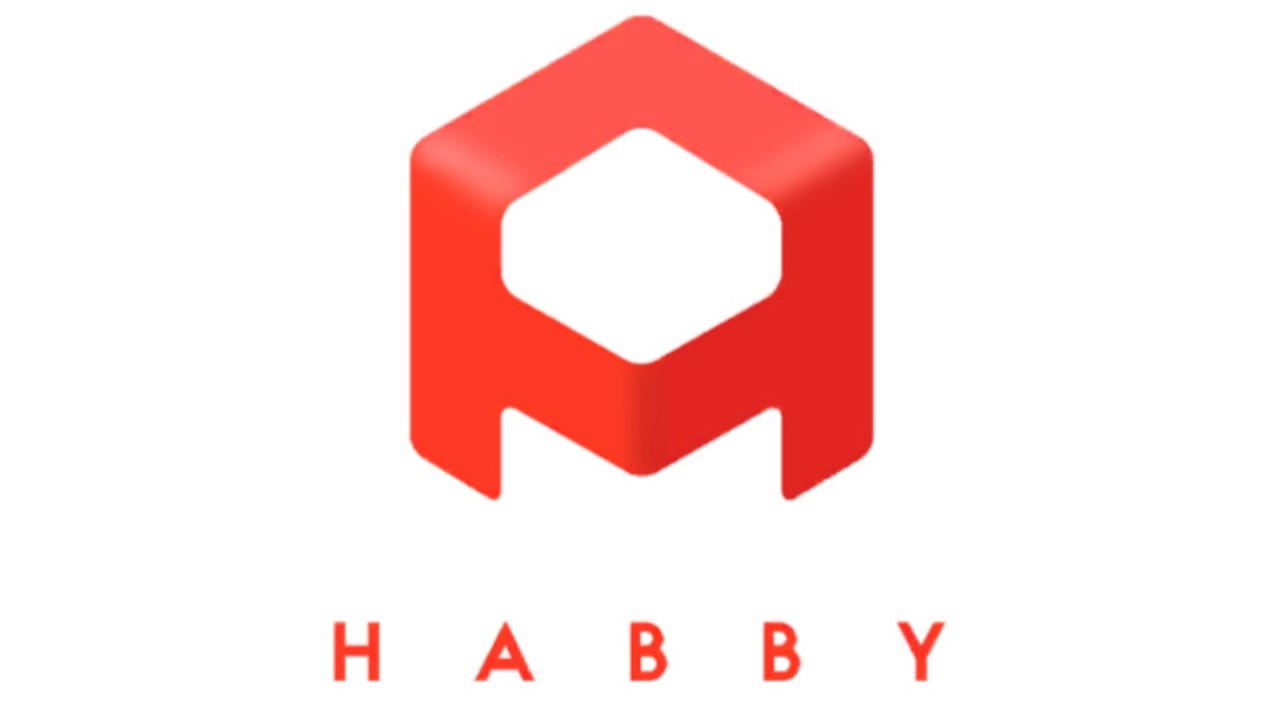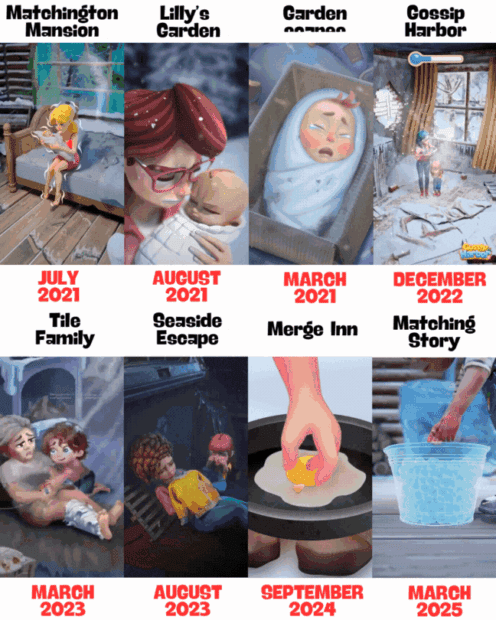
Reusing Meta-Game Mechanics in Mobile Games
Journal 13 Michael Khripin May 1

In mobile game development, innovation often gets all the spotlight.
But the reality behind many long-lasting hits is actually smart reuse of proven meta systems.
Today, major publishers know:
Once you find a meta structure that drives retention, monetization, and progression, you don’t reinvent the wheel — you copy the pattern and layer it onto new core gameplays.
And it works.
Let’s explore how an intelligent approach to reusing meta-game features can build sustainable pipelines of successful games.
Why Meta Systems Are Core-Independent
Your core gameplay can vary dramatically — match-3, merge-2, arcade runners, word puzzles, roguelike shooters — but the meta layer often follows a familiar, proven blueprint.
Think about it:
- Players expect progression beyond the core loop.
- Players enjoy collection and upgrading.
- Players respond well to limited-time challenges.
- Players feel motivated by events, ladders, seasons.
That’s why publishers increasingly treat meta-systems as modular, transferable assets.
You can adapt successful meta layers across very different games, as long as you respect the player’s emotional journey.
Popular Meta Systems Reused Across Titles
Here’s a non-exhaustive list of the most widely reused meta mechanics:
- 🎯 In-Game Shops (rotating, timed, regional offers)
- 🛒 Starter Packs & Time-Limited Deals (especially Starter packs and Welcome offers)
- 🎰 Lucky Wheels (gacha-light systems)
- 🎟 Battle Passes & Seasonal Progression
- 📜 Achievement Systems (daily, weekly, lifetime)
- 🧩 Collection Albums (complete a set for bonuses)
- 🧤 Character Equipment Systems (gear stats, rarity upgrades)
- 💬 Guilds and Social Features (chat, co-op tasks)
- 🪙 Lives/Energy Systems (play caps and stamina boosters)
- 🎯 Daily Quests and Challenge Chains
- 🎯 VIP Systems (soft subscription models)
- 🎯 Comeback Offers and Retention Events
These systems tap into universal player motivations: mastery, progression, community, and rewards.
They’re modular.
They’re efficient.
They’re meta-magic.
Case Study: Habby’s Smart Meta Reuse
Let’s look at Habby — a masterclass in efficient meta reuse across different games. Just take a few from their growing portfolio (I was talking about these 4 in our latest webinar at Balancy ):
1. Archero
- Skill-based progression system (choose skills as you level up)
- Equipment system with rarity and upgrades
- Starter 3-day monetization bundle
2. Kinja Run
- Skill growth system adapted to runner gameplay
- Gear upgrades and lottery chests
- Familiar limited-time starter bundle strategy
3. Capybara Go!
- Familiar lightweight equipment system
- Lucky Wheel
- Starter 3-day monetization bundle
4. Survivor.io
- Deep skill trees and permanent upgrades
- Lucky Train
- Seasonal progression pass with familiar pacing
Each game has a different core gameplay loop, but the meta feels like home for returning players.
Take a look at these screeshots:




Habby doesn’t waste time reinventing meta.
They optimize, repackage, re-layer — and launch faster.
Retrospective: The Case of OGame and Early Meta Reuse
Even before mobile took off, clever developers spotted the power of reusable meta.
The German studio Gameforge behind OGame (2003 (!), browser-based space strategy) built an entire portfolio by re-skinning and repackaging the same meta core:
- Resource collection
- Building trees
- Alliance wars
- Time-based progression
- Leaderboards
They simply changed the setting — space (OGame), gladiators (Gladiatus), knights (Battle Knight), vampires (Bitefight) — but the emotional rhythm stayed the same.
As a result they have a scalable empire of mid-core browser games without starting from zero every time.
Key Takeaways
✅ Treat meta systems as reusable templates.
✅ Test and validate in one game, then replicate in others.
✅ Respect genre-core expectations, but keep meta emotional arcs familiar.
✅ Innovate when needed, but lean on proven psychological triggers.
In a fast-moving market, execution speed matters.
Copied meta wins faster.
To smart reuse!
PixelWraith
#LiveOps #GameDesign #MobileGames #MetaSystems #Monetization #GameDevStrategy #ReusableDesign







